Worldwide Efforts Toward Zero Hunger – An Overview
Imagine what your life would be like if you didn’t know when your next meal will be. And, this would happen every day – day after day and week after week. That’s how one in nine of the people in the world live. And, it’s the reality for many people in our partner communities. Global Volunteers is committed to providing food to at-risk children and families worldwide in accordance to the United Nations Sustainable Development Goals (SDGs), adopted by the global community in 2015. Read on for a description of the problem and how Global Volunteers is working comprehensively in Tanzania.
The Food and Agriculture Organizaton estimates that 98 million children under five years of age – or about one in every six children – are underweight. Pervasive and persistent hunger creates a vicious cycle which people cannot easily escape. The long-term physical and mental impacts of hunger are numerous. Not enough, or the wrong food, results in less productive individuals, who suffer from poor health, rendering them unable to improve their livelihood through education and employment. Children who do not meet their nutritional needs during the key 1,000 days between conception and age two, experience life-long consequences – notably stunted growth and learning impairments.
Work on the SDGs brought together national governments, private companies, and citizens to promote global prosperity while protecting the planet by 2030. Goal 2 of the 17 SDGs – Zero Hunger – pledges to end hunger, achieve food security, improve nutrition and promote sustainable agriculture.
“Now is the time to work as partners and build a truly global movement to ensure the Right to Food for all and to build sustainable agriculture and food systems.”
Ban Ki-moon, UN Secretary-General
Defining the Related Conditions of Hunger
For most people in developed countries, hunger is experienced as a nagging rumble in one’s stomach signaling breakfast, lunch or dinner time is near. But millions of people experience hunger as a chronic condition. Hungry people consume an insufficient amount of calories to sustain them, and are plagued by the mental uncertainty of future access to food. Hungry people are food insecure. Hunger refers to a personal, physical sensation of discomfort. Food insecurity indicates a lack of resources to acquire food at the household level. These conditions go hand-in-hand.
There are levels of hunger as well. The World Food Programme defines under-nutrition as “the lack of taking in enough calories to meet minimum physiological needs.” More than 150 million children worldwide are impacted this way. Malnutrition is caused by an inadequate intake of protein, energy and micro-nutrients that can lead to a susceptibility to and death from common infections such as diarrhea.
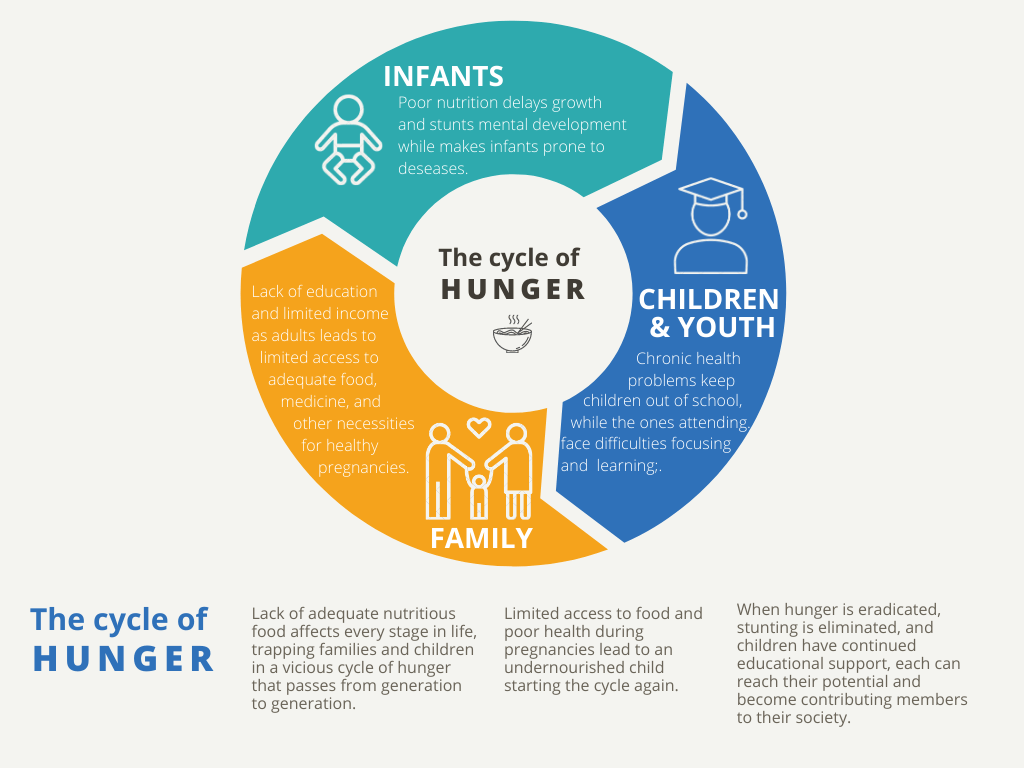
Achieving zero hunger in the world, therefore, involves not just affording emergency food assistance, but in concerned with nutrition as well. Food security must be achieved, and food wastage must be ended along with providing access to nutritious food and promoting sustainable agriculture.
Why Do People Go Hungry?
Today the world produces enough to feed all its population. In the US only 40-50% of all food ready for harvest never gets eaten and from the food that does eventually reach households, some 14% is wasted. So why do people get hungry?
“In a world where we produce enough food to feed everyone, 690 million people – one in nine – still go to bed on an empty stomach each night.”
The World Food Programme
The problem lies in access and availability. Most hungry people live in poverty. The unavailability of food arises from insufficient financial resources, distance to markets, lack of transportation, and markets under-stocked with staples or nutritious foods.
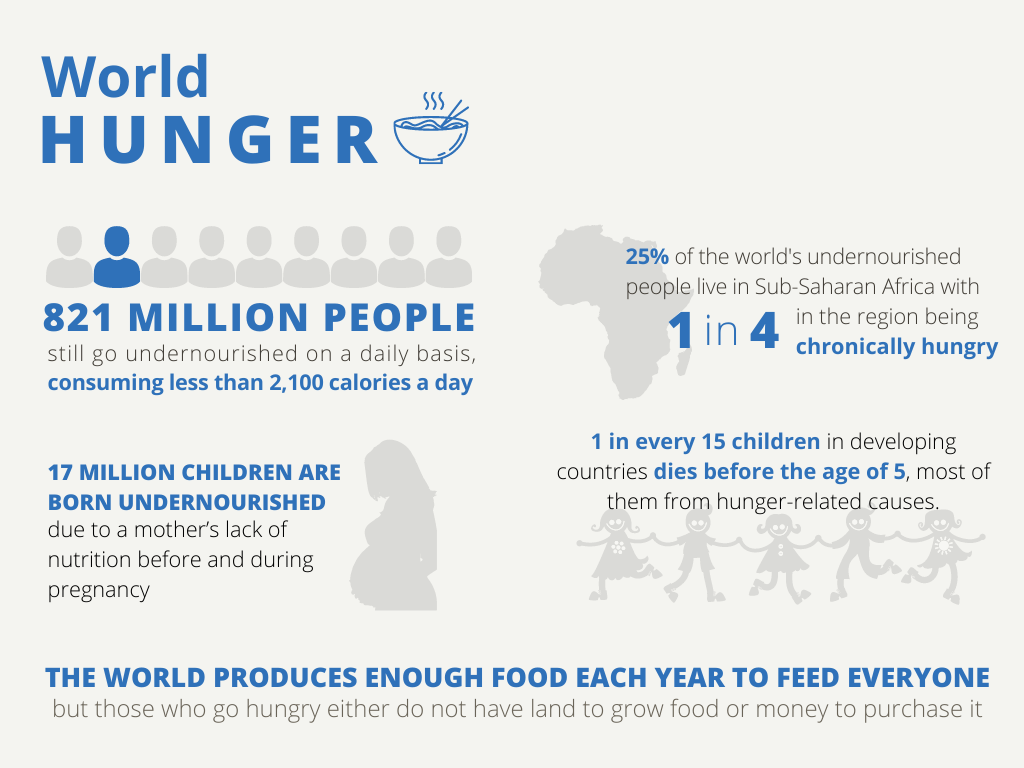
Hunger and poverty are locked in a vicious cycle. Undernourished people can’t earn enough money to buy healthy food for themselves and their family. They may sell off their livestock or tools to supplement their income. This buys short-term relief, but perpetuates in inter-generational pattern of hunger and poverty. Stunting results in reduced intellectual capacity and ill health; reduced intellectual capacity significantly lowers economic productivity; lower economic activity increases poverty. And the cycle continues. Many other related conditions such as droughts, political unrest, gender inequality, and flawed public policy contribute further.
Is Achieving Zero Hunger Still Possible?
Everyone has a stake in achieving Zero Hunger. Its positive impact will be felt by all people. When we eliminate hunger, malnutrition, under-nutrition and stunting, our nations’ economies, health, education, equality and social development will grow. That’s a major impetus behind the Reaching Children’s Potential Program (RCP) currently being developed in Tanzania. The solutions to end hunger once and for all are not complex, but will only work with that special ingredient: you!
“We know that a peaceful world cannot long exist, one-third rich and two-thirds hungry.”
Jimmy Carter, President at Rise Against Hunger
In 2017, Global Volunteers initiated the RCP Tanzania Demonstration Program at the request of village leaders, government officials, and our 35-plus year partner, the Evangelical Lutheran Church in Tanzania (ELCT). Working under the direction of local leaders in the in Ukwega Ward, Global Volunteers engages short-term volunteers to promote and implement behavioral and technology changes that significantly improve nutrition, health and cognition to decrease stunting in children. Our comprehensive approach is child-focused, parent-driven, family-centered, and community-led. Examples of the many essential services provided to improve food security and nutrition are fortified meal distributions, ongoing nutrition education, household container gardens, and chicken coops.
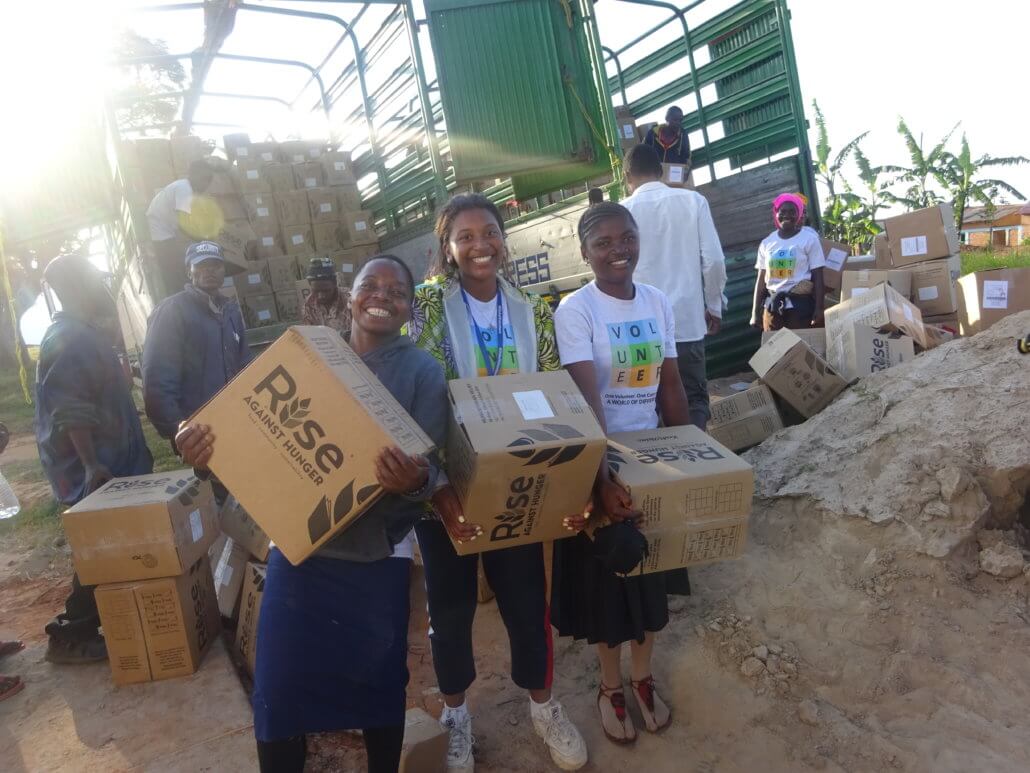
Rise Against Hunger packaged meals distributed to families 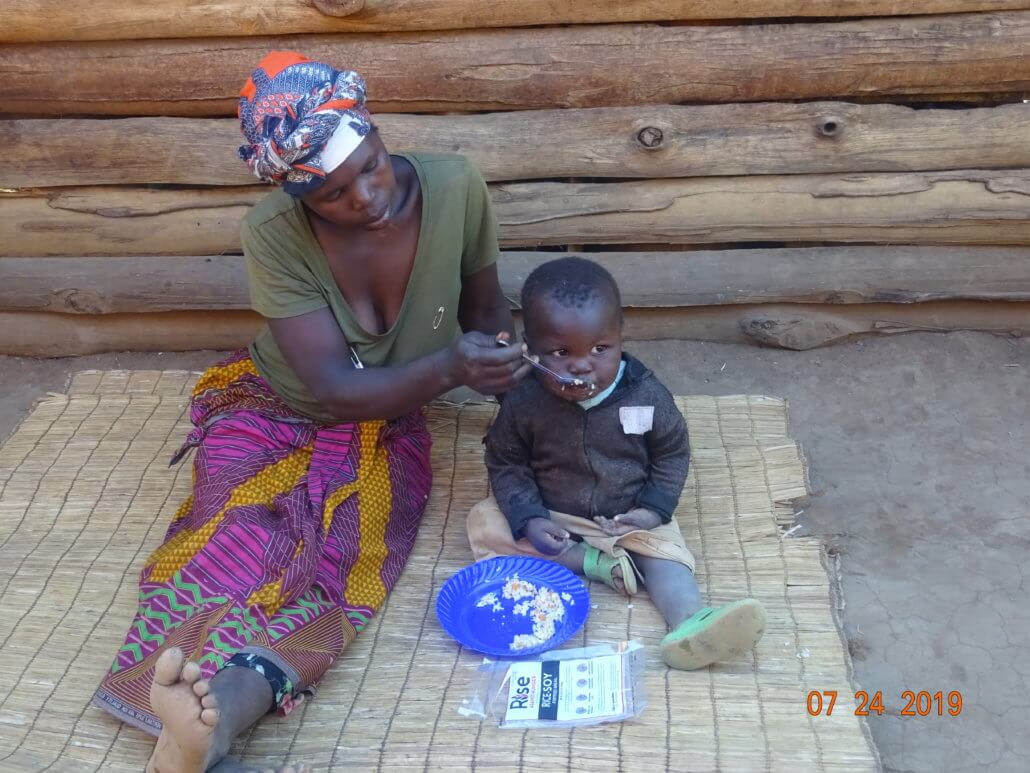
Fortified meals at home 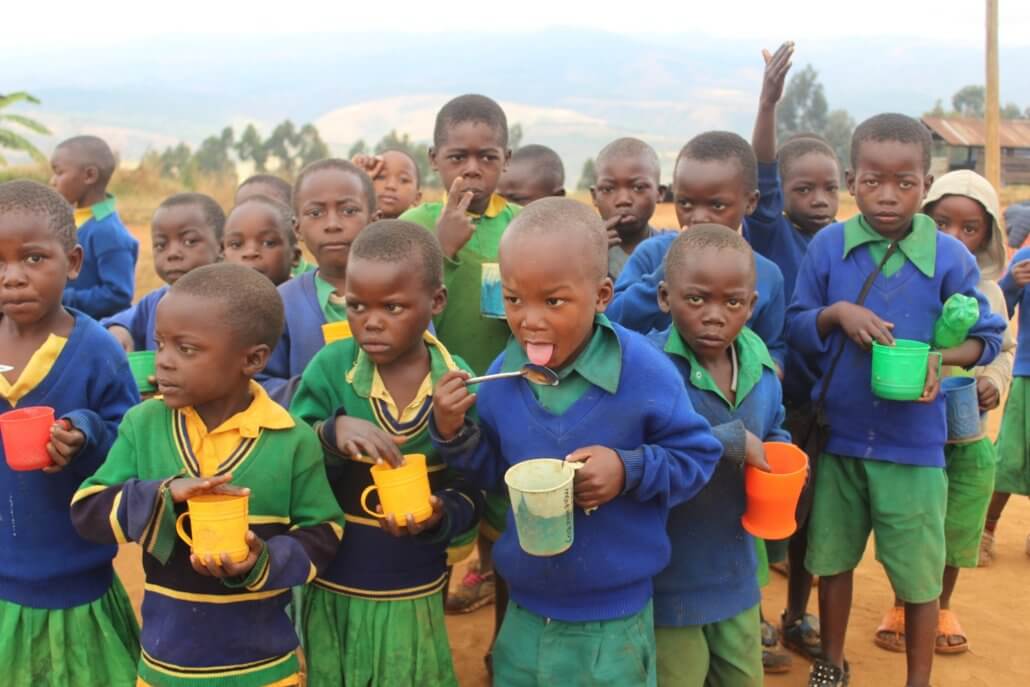
Fortified porridge at school 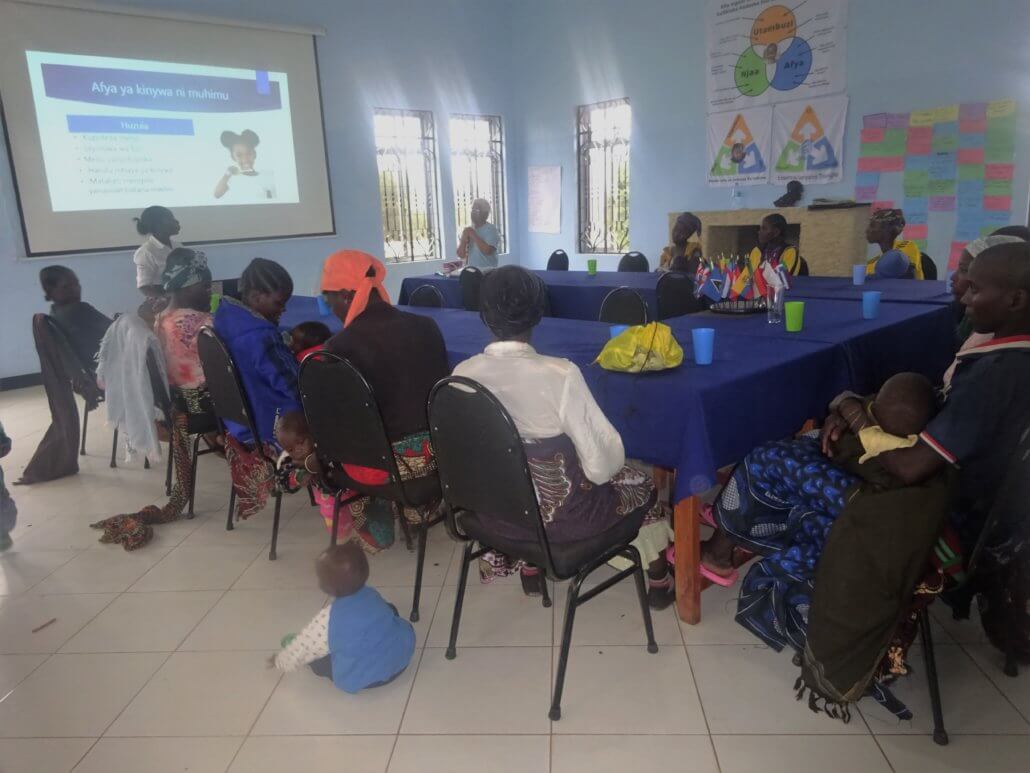
Ongoing workshops on nutrition 
Chickens and eggs for protein 
Earthboxes for vegetables
Since 2017, through the implementation of the RCP Program in Tanzania, severe stunting decreased in participating villages from 24% at baseline to 12% at 6 months and 9% at 12 months. This demonstration proves that the whole-child method of addressing the multi-generational cycle of poverty and hunger works. RCP aims to improve the lives of generations, and is both replicable and scalable. Eventually, RCP will expand to other parts of Tanzania, throughout Africa, and across the globe – wherever we are invited. Help us reach our goal!

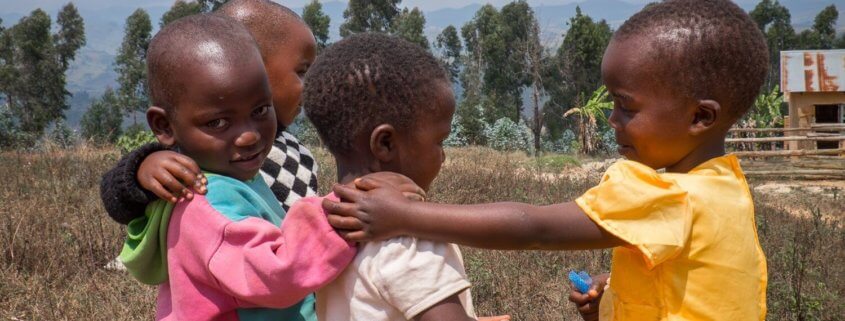


Leave a Reply
Want to join the discussion?Feel free to contribute!